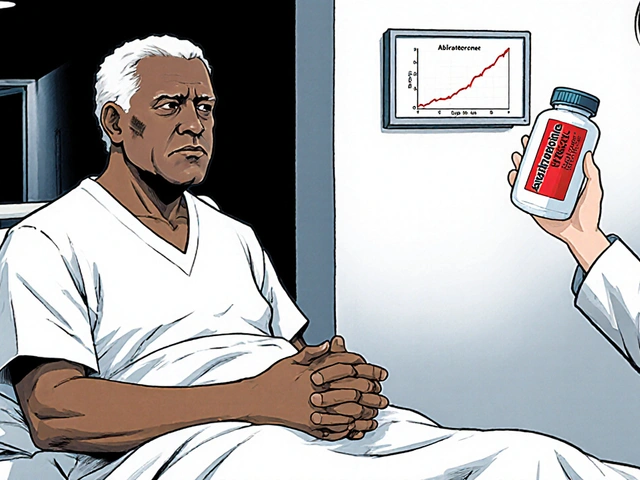Health Tips You Can Use Today
Feeling a bit off but not sure why? Most of the time it’s tiny habits that make a big difference. Below are straightforward steps you can add to your routine without buying anything fancy.
Stay Hydrated
Water is the cheapest health boost on the market. Aim for at least eight cups a day, but listen to your body—if you’re thirsty, drink. A good trick is to keep a bottle at your desk and sip regularly instead of gulping only when you feel parched.
Move More Daily
You don’t need a marathon plan. Even a 10‑minute walk after lunch can lift mood and improve circulation. Try parking farther from the store or taking stairs instead of elevators. Small bursts add up and keep joints happy.
Another easy habit is to do a quick stretch every hour if you sit at a computer. Touch your toes, roll your shoulders, or stand up for a minute—your muscles thank you later.
Eat Real Food
Processed snacks may be convenient, but they often hide extra sugar and sodium. Fill half your plate with vegetables, add lean protein like beans or chicken, and finish with whole grains. If you’re short on time, a handful of nuts or a piece of fruit works just as well.
Try swapping soda for sparkling water flavored with a slice of lemon. You’ll cut calories and keep the fizz you enjoy.
Prioritize Sleep
Most adults need 7‑9 hours of sleep to function well. Create a bedtime ritual: dim lights, turn off screens at least 30 minutes before bed, and keep the room cool. Consistency beats occasional long sleeps.
If you wake up groggy, avoid hitting snooze. Get up right away and let natural light help reset your internal clock.
Manage Stress Quickly
Stress piles up when we ignore it. A simple breathing exercise—inhale for four seconds, hold two, exhale four—can calm nerves in minutes. Write down three things you’re grateful for each night; it shifts focus from worries to positives.
Even a short walk outside can lower cortisol levels and clear the mind. Make it a habit to step out when tension spikes.
Regular Check‑Ups
You don’t have to wait until you feel sick to see a doctor. Annual exams catch issues early and keep vaccinations up to date. Write down any new symptoms and bring them to your appointment—preparation makes the visit more effective.
Keep a small health notebook or use a phone note app to track blood pressure, weight, or mood changes. Patterns become clearer over time.
Combine Tips for Max Impact
Pick two habits to start this week—maybe drink more water and stretch hourly. Once they feel natural, add another tip. Building change slowly prevents overwhelm and makes each habit stick.
Remember, health isn’t a destination; it’s a collection of daily choices. Small steps now can lead to big rewards later.
Navigating Fibromyalgia Symptoms as You Age
Fibromyalgia, a chronic condition causing widespread pain and tenderness, affects many people as they get older. Changes in symptoms over time can make it challenging to manage. This article explores how fibromyalgia develops with age and offers practical tips to ease the discomfort.
About
Health and Wellness
Latest Posts


Abiraterone: Transforming Prostate Cancer Care for African American Men
By Orion Kingsworth Oct 18, 2025

Aplastic Anemia from Medications: Early Signs and Urgent Actions
By Orion Kingsworth Nov 18, 2025

Nitrosamine Contamination in Generic Drugs: Recent Recalls and Regulatory Shifts
By Orion Kingsworth Nov 17, 2025

